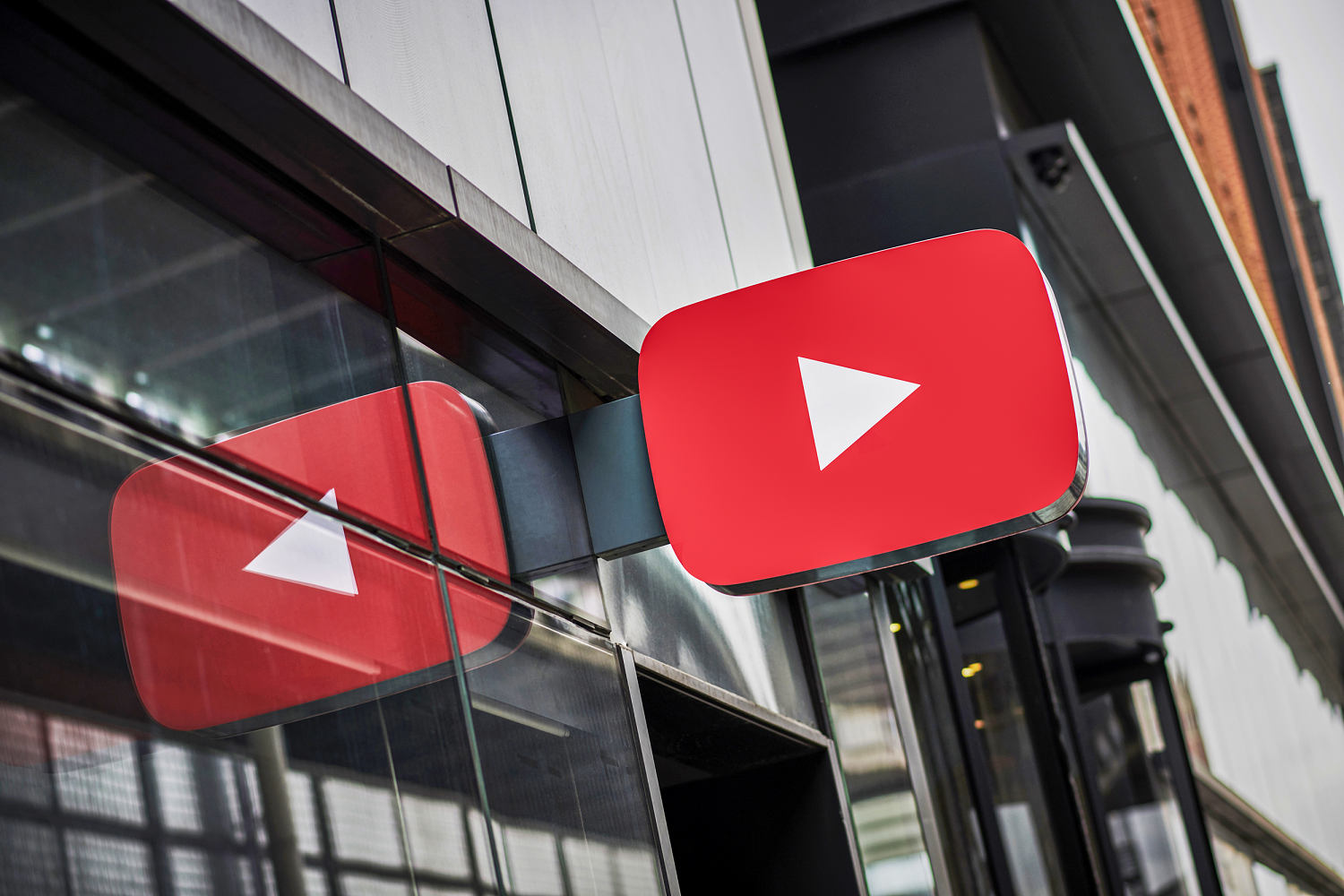Platform says more than 20 billion videos have been uploaded since 2005

Exactly 20 years ago, a grainy 19-second video titled “Me at the zoo” was uploaded to YouTube by one of its founders, quietly launching a then-small platform into the world.
Now, the Google-owned video giant says it is home to more than 20 billion videos. And they’re celebrating. (The number was updated in YouTube’s blog post after the platform previously reported the figure was 20 trillion videos.)
The video giant commemorated the anniversary of its first video upload on Wednesday with a blog post unveiling new features, statistics and “easter eggs” for users of the platform.
“On average, there are over 20 million videos uploaded daily to YouTube,” the platform said its news release. User engagement with videos is also high, with the platform sharing that last year, on average, its videos “received over 3.5 billion likes from users per day.”
The milestone comes amid the rise of the creator economy, which includes millions of social media personalities who make money through brand deals, platform monetization and audience subscriptions. Research from Goldman Sachs last year predicted that the total market opportunity of the creator economy could reach $480 billion by 2027.
Over the past two decades, YouTube has become an early and influential driver of this now-booming industry. Its Partner Program, launched in 2007, carved out a path for everyday people to achieve fame and wealth by monetizing their homemade content. YouTube CEO Neal Mohan previously said that between 2021 and 2024, the platform paid $70 billion to creators, with payouts rising each year.
YouTube has also been a launching pad for once-unknown musicians — including the likes of Justin Bieber, Charlie Puth and Tate McRae — who went on to mainstream stardom. The free streaming of music videos similarly boosted the platform’s clout.
To date, the platform said more than 300 music videos have accrued more than 1 billion views on YouTube, including Adele’s “Hello,” Ed Sheeran’s “Shape of You” and Luis Fonsi’s “Despacito.”
Industry expert Michael Nathanson, founding partner of research firm MoffettNathanson, described the platform as a “streaming winner.”
“They don’t have to invest in content. They just hope that the creator community comes to them and builds their business,” he told CNBC, adding that YouTube is on track to be the biggest media company by revenue in 2025.
Aside from its forays into music and online TV, YouTube, which recently beat out traditional studios to become the most popular source of TV streaming, has also become a leading destination for podcasters and their listeners in recent years. In 2024, the platform said viewers watched more than 400 million hours of podcasts per month on their TVs.
This summer, the platform said it is planning to revamp its TV viewing experience with “easier navigation, playback, quality tweaks, plus streamlined access to comments, channel info, and subscribing.”
Over the next few weeks, YouTube TV members will also be able to watch multiple non-sports events on one screen, starting with a small selection of popular channels. And those with YouTube Premium or YouTube Music can create personalized radio stations by describing the type of music they’re seeking with a function called “Ask Music.”



